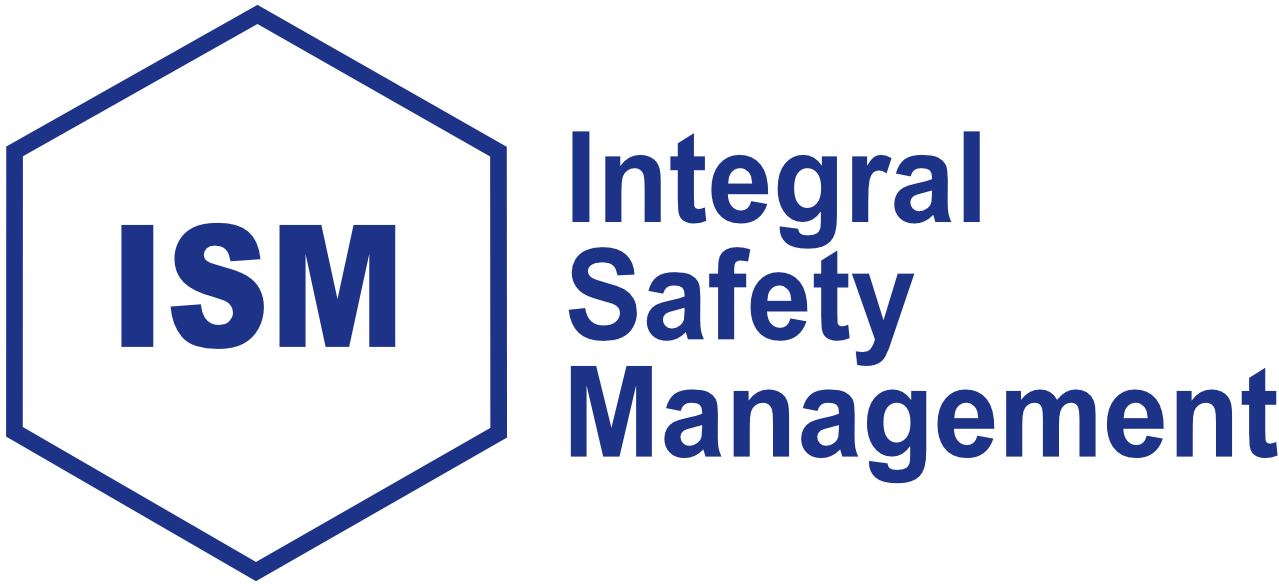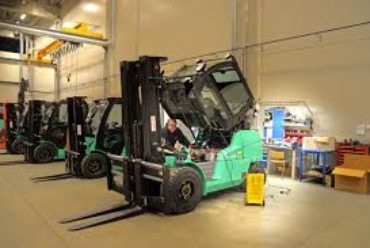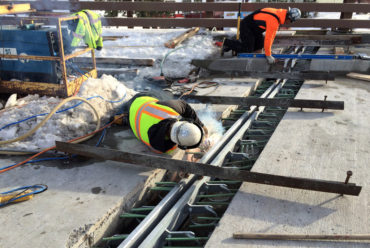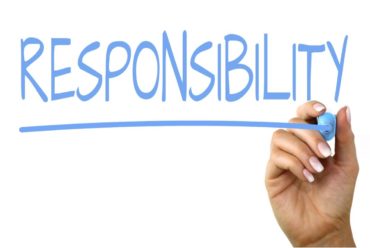How do you make sure employees use PPE at work?
Your PPE responsibilities, and what to do if an employee refuses to use PPE
Making sure that your employees benefit from good health and safety policies and practices is good business. For example, according to HSE statistics:
- There were 555,000 workplace injuries in 2017/18
- 7 million working days were lost due to work-related illnesses and workplace injuries in 2017/18
- The estimated cost of work-related illnesses and workplace injuries in the UK was £15 billion in 2016/17
If one of your employees is injured at work, the financial cost could be huge. First, there is the loss of productivity due to absence from work. On top of this, you may have to pay compensation, fines and court costs if you are discovered to be liable for the injury.
There is also reputational risk: people don’t want to work for companies that have poor health and safety track records, and customers could be deterred from awarding you contracts or spending money with you, too.
Whatever way you cut it, poor health and safety policies and procedures are a huge cost to British businesses. Which is why good companies do all they can to eliminate hazards and risks – starting with a health and safety audit in the workplace, working through risk assessments, and, if a hazard cannot be eliminated, employing appropriate working practices to reduce risk further.
As a last resort, it may be necessary to insist that your employees wear (or use) appropriate personal protective equipment (PPE).
When do your employees need PPE?
There are many situations when PPE may be needed. Typical examples include when employees are at risk of:
- Contact with chemicals or hazardous substances that could cause burns or other injuries or illnesses
- Being struck by falling or flying objects
- Breathing contaminated air
- Receiving electric shocks
- Exposure to excessive vibration or excessive noise
- Eye injuries caused by flying debris or chemicals
- Cuts, abrasions and punctures to hands, arms and legs
What PPE may be needed?
A risk assessment will determine what type of PPE is needed to protect employees from the effects of workplace risks. PPE items might include:
- Safety glasses
- Gloves
- Ear defenders
- Respiratory equipment or masks
- Hard hats
- Overalls
- High-visibility jackets
The PPE provided should:
- Be of a safe design and construction and meet legal safety standards
- Be well maintained and stored correctly
- Fit well and be as comfortable to wear as possible
- Be replaced according to manufacturer’s recommendations or if damaged
Finally, it is your responsibility to provide employees with any and all necessary PPE, and ensure that it is worn and used correctly.
How do you ensure that your employees use PPE properly?
If you don’t supply appropriate PPE and ensure that it is used properly, you could face legal action should an employee experience an accident or suffer a work-related illness.
However, some employees will baulk at wearing PPE, or decide not to wear it because of comfort or speed-of-work issues. Therefore, you should train your employees with respect to PPE, so they understand:
- Why PPE is necessary
- When it is necessary
- Where it must be worn or used
- The limitations of the PPE – what it doesn’t do (eliminate the risk)
- How to wear and use PPE properly, how to store it and maintain it
- When PPE must be replaced
Those responsible for health and safety in your organisation should choose PPE so that it protects against the hazards and risks that have been identified. They will also be responsible for ensuring that your health and safety policies and use of PPE is monitored, and that they remain effective (though many companies use external health and safety consultants to do this work for them).
What if your employees refuse to use PPE?
In rare circumstances, an employee may refuse to use PPE. This is putting them at risk – and you and your organisation, because it is your responsibility to ensure that PPE is used when, where and how necessary. To avoid this liability, you should take measures to enforce PPE use:
- Make the use of PPE a contractual obligation
- Ensure that your employee handbook makes plain that non-use of PPE is a disciplinary offence
- Take disciplinary action if PPE is not used
Clauses in contracts do not absolve your responsibility to ensure that PPE is used as stipulated. However, they do give you the option of taking disciplinary action, including considering it as gross misconduct and dismissing the employee.
Not all refusals are disciplinary actions
There are always exceptions that prove a rule, and the regulations governing PPE are no different. An employee may refuse to use or wear PPE for three very specific reasons:
- A medical condition that makes wearing PPE either uncomfortable or harmful
- The PPE does not fit properly and may compromise safety
- Religious grounds – Sikhs who wear turbans are exempted from wearing hard hats
In cases I and II, the employer becomes responsible for finding alternative PPE so the employee may do their task more safely. If this is not possible, then the employee cannot be asked to do that task.
In all three cases, if you cannot find alternative PPE or an alternative position within the company for the employee that does not require the PPE to be used or worn, you may dismiss the employee without the fear of discrimination.
PPE is a no-brainer, but not simple
Protecting your employees is a no-brainer, but this doesn’t mean that maintaining good health and safety practices is easy.
Laws, rules and regulations change constantly. Integral SM is here to help you keep your employees safe, and make sure that you stay within the law as you do so. We provide a full range of consultancy services, including health and safety audits, risk assessments, and health and safety training. Contact Integral today to discuss all your health and safety requirements.






No Comments